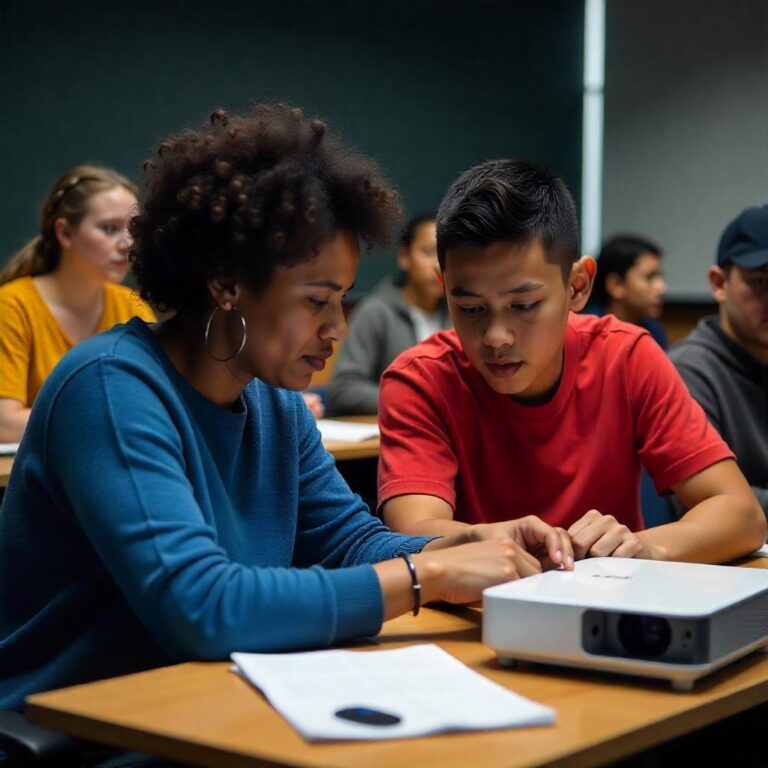Why Gamification Enhances Digital Learning Experiences
Gamification enhances digital learning experiences by integrating game-like elements into educational processes. This approach leverages the engaging and motivational aspects of games to make learning more interactive, enjoyable, and effective. Here are some key reasons why gamification is so impactful in digital learning:
1. Increased Engagement
-
Games are designed to capture attention and maintain interest, and by incorporating these elements into learning, students are more likely to stay focused. Digital learning platforms can use rewards, levels, and challenges to create a more dynamic environment that encourages learners to interact more frequently and for longer durations.
2. Motivation through Rewards and Recognition
-
Gamification often includes mechanisms such as badges, leaderboards, or points, which provide instant feedback and rewards for progress. This motivates learners to keep progressing through challenges, encouraging them to set and achieve goals, which is often not as immediately visible in traditional learning environments.
3. Personalized Learning Experience
-
Games allow for adaptive learning where difficulty levels adjust based on the learner’s abilities. Similarly, gamified learning platforms can tailor challenges, tasks, and rewards based on individual performance, making learning feel more personalized and relevant.
4. Increased Retention
-
Gamification often involves repetition, exploration, and problem-solving, which helps reinforce learning. The immersive, interactive nature of games can lead to better memory retention as learners are more engaged in active rather than passive learning.
5. Fostering Collaboration and Competition
-
Many gamified platforms encourage group work or competition with peers, which can help develop social skills, teamwork, and a sense of community. Friendly competition can push students to perform better, while collaboration fosters shared learning experiences.
6. Immediate Feedback and Progress Tracking
-
Gamified systems often provide instant feedback after completing tasks or challenges. This helps learners immediately understand what they did right or wrong and adjust their approach. This kind of instant feedback loop can enhance learning efficiency.
7. Intrinsic Motivation
-
The enjoyment derived from solving puzzles or achieving success in a game can translate into intrinsic motivation, where the learner becomes more motivated by the learning process itself rather than external rewards. The satisfaction of overcoming a challenge or leveling up can provide a deep sense of accomplishment.
8. Creativity and Problem-Solving
-
Many gamified learning experiences involve complex puzzles or open-ended tasks that encourage learners to think critically and creatively. These elements promote problem-solving skills, which are essential not only for learning but for real-world application.
9. Flexibility in Learning Pacing
-
Learners can progress through gamified digital learning at their own pace, taking the time they need to master different levels or concepts before moving on. This flexibility allows learners to feel less pressure and more control over their educational experience.
10. Encouragement of a Growth Mindset
-
Gamification typically involves a trial-and-error approach, where learners are encouraged to try again after failure, reinforcing the concept of growth and improvement. This can help students develop a growth mindset, where they see mistakes as opportunities for learning rather than failures.




